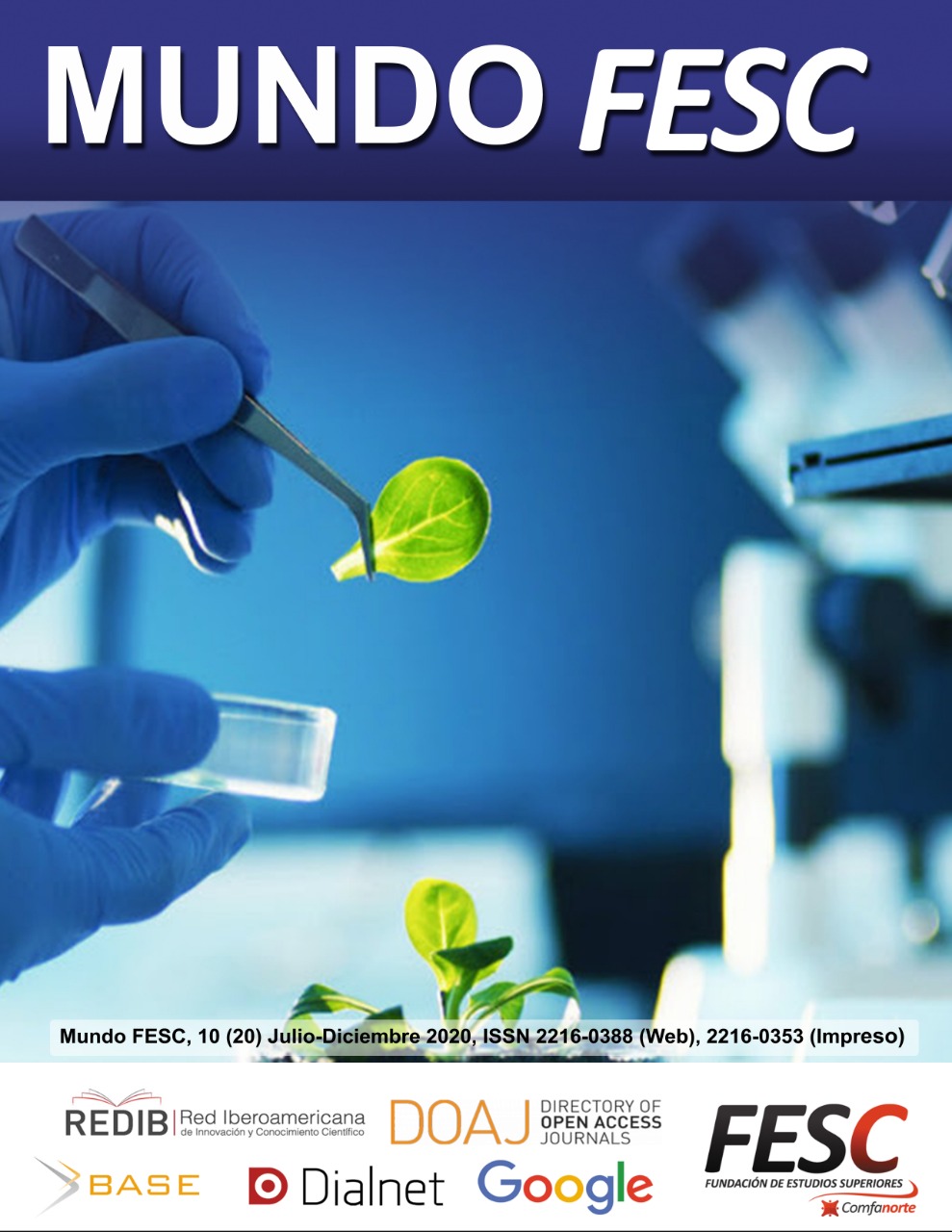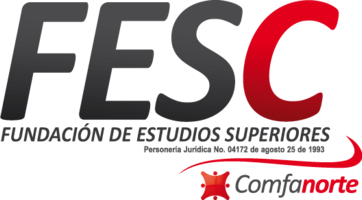Optimization of a medical device based on injection molding
DOI:
https://doi.org/10.61799/2216-0388.617Keywords:
injection molding, molding optimization, response surface, design of experimentsAbstract
In this article, the optimization of a medical product is presented, for this product injection molding was used as it is a process capable of providing low manufacturing costs, low times of transformation of the raw material and products obtained with different forms complex. The main factors were the mold temperature, melting temperature, injection time and cooling time. In the optimization design of experiments was used, later the most pronounced descent method was implemented, it was possible to adjust by means of the composite central design and the optimal point of the function was estimated by canonical analysis. Using the CAE Moldex3D software, the injection was simulated. The optimization reduced the total warpage of the piece up to 0.2 mm, resulting in more significant factors of the melting temperature, injection time and cooling time.
Downloads
References
I. Visnjic Kastalli and B. Van Looy, “Servitization: Disentangling the impact of service business model innovation on manufacturing firm performance,” J. Oper. Manag., vol. 31, no. 4, pp. 169–180, 2013 DOI: https://doi.org/10.1016/j.jom.2013.02.001
C. Rusinko, “Green manufacturing: An evaluation of environmentally sustainable manufacturing practices and their impact on competitive outcomes,” IEEE Trans. Eng. Manag., vol. 54, no. 3, pp. 445–454, 2007 DOI: https://doi.org/10.1109/TEM.2007.900806
S. Agarwal et al., Applied Plastics Engineering Handbook, 2nd ed. Norwich, NY: William Andrew Publishing, 2017
T.L. Smith, “Physical Properties of Polymers–an Introductory Discussion,” Polym. Eng. Sci., vol. 13, no. 3, pp. 161–175, 1973 DOI: https://doi.org/10.1002/pen.760130302
P.K. Bharti, M.I. Khan, and H. Singh, “Recent Methods for Optimization of Plastic Injection Molding Process – a Retrospective and Literature Review,” Int. J. Eng. Sci. Technol., vol. 2, no.9, pp. 4540–4554, 2010
M. Leite, M. Barrozo, and J. Ribeiro, “Canonical Analysis Technique as an Approach to Determine Optimal Conditions for Lactic Acid Production by Lactobacillus helveticus ATCC 15009,” Int. J.Chem. Eng., vol. 2012, 2012 DOI: https://doi.org/10.1155/2012/303874
S. J. Téllez-Luis, A. Moldes, J. Alonso, and M. Vázquez, “Optimization of Lactic Acid Production by Lactobacillus delbrueckii through Response Surface Methodology,” J.Food Sci.,vol.68, pp.1454–1458, 2006 DOI: https://doi.org/10.1111/j.1365-2621.2003.tb09666.x
C. Liyana-Pathirana and F. Shahidi, “Optimization of extraction of phenolic compound from wheat using response surface methodology,” Food Chem., vol. 93, pp. 47–56, 2005 DOI: https://doi.org/10.1016/j.foodchem.2004.08.050
N. Yousefi, F. Zeynali, and M. Alizadeh, “Optimization of low-fat meat hamburger formulation containing quince seed gum using response surface methodology,”J.Food Sci.Technol.,vol.55,2017 DOI: https://doi.org/10.1007/s13197-017-2969-x
G. Danmaliki, T. Saleh, and S. Ahmad, “Response Surface Methodology Optimization of Adsorptive Desulfurization on Nickel/Activated Carbon”, vol. 313, 2017 DOI: https://doi.org/10.1016/j.cej.2016.10.141
N. Sulaiman, R. Hashim, M.H. Mohamad Amini, M. Danish, and O. Sulaiman, “Optimization of activated carbon preparation from cassava stem using response surface methodology on surface area and yield,” J. Clean. Prod., vol. 198, 2018 DOI: https://doi.org/10.1016/j.jclepro.2018.07.061
L. Freeman, A. Ryan, J. Kensler, R. Dickinson, and G. Vining, “A Tutorial on the Planning of Experiments,” Qual. Eng., vol. 25, 2013 DOI: https://doi.org/10.1080/08982112.2013.817013
S.K.S. Fan and K.-N. Huang, “A new search procedure of steepest ascent in response surface exploration,” J. Stat. Comput. Simul., vol. 81, no. 6, pp. 661–678, 2011 DOI: https://doi.org/10.1080/00949650903463558
G. E. P. Box and K. B. Wilson, “On the Experimental Attainment of Optimum Conditions,” 1992, pp. 270–310 DOI: https://doi.org/10.1007/978-1-4612-4380-9_23
G. E. P. Box and D. W. Behnken, “Some New Three Level Designs for the Study of Quantitative Variables,” Technometrics, vol. 2, no. 4, pp. 455–475, 1960 DOI: https://doi.org/10.1080/00401706.1960.10489912
M. Raymond H, D. C. Montgomery, and C.M. Anderson-Cook, Response Surface Methodology: Process and Product Optimization Using Designed Experiments. John Wiley & Sons, 2016.
E. Del Castillo, Process Optimization:A Statistical Approach, vol. 105. Boston, MA: Springer US, 2007.
Y. Yang and F. Gao, “Injection molding product weight: Online prediction and control based on a nonlinear principal component regression model,” Polym. Eng. Sci., vol. 46, pp. 540–548, 2006 DOI: https://doi.org/10.1002/pen.20522
U.M. Attia and J.R. Alcock, “An evaluation of process-parameter and part-geometry effects on the quality of filling in micro-injection moulding,” Microsyst. Technol., vol. 15, no. 12, pp.1861–1872, Dec. 2009 DOI: https://doi.org/10.1007/s00542-009-0923-1
D.C. Montgomery, Design and Analysis of Experiments, 8th ed., vol. 2. Hoboken, NJ, USA: John Wiley & Sons, Inc., 2012
Downloads
Published
Issue
Section
License

This work is licensed under a Creative Commons Attribution-NonCommercial 4.0 International License.






